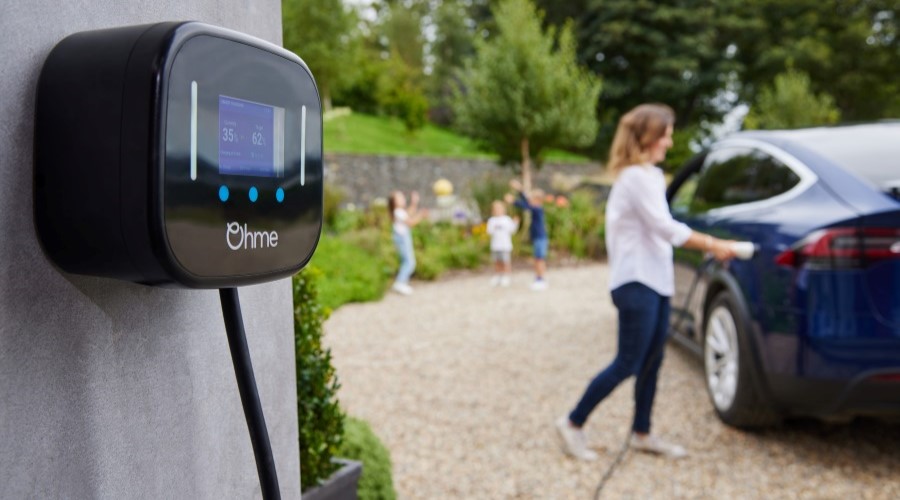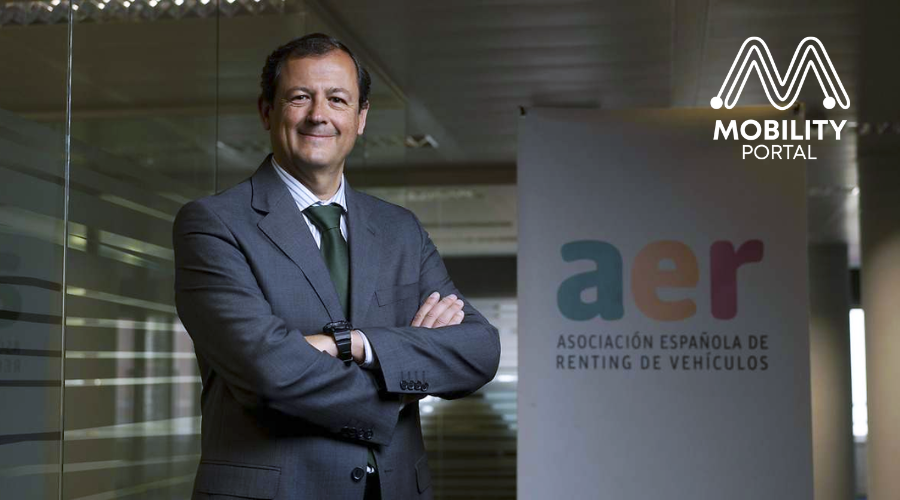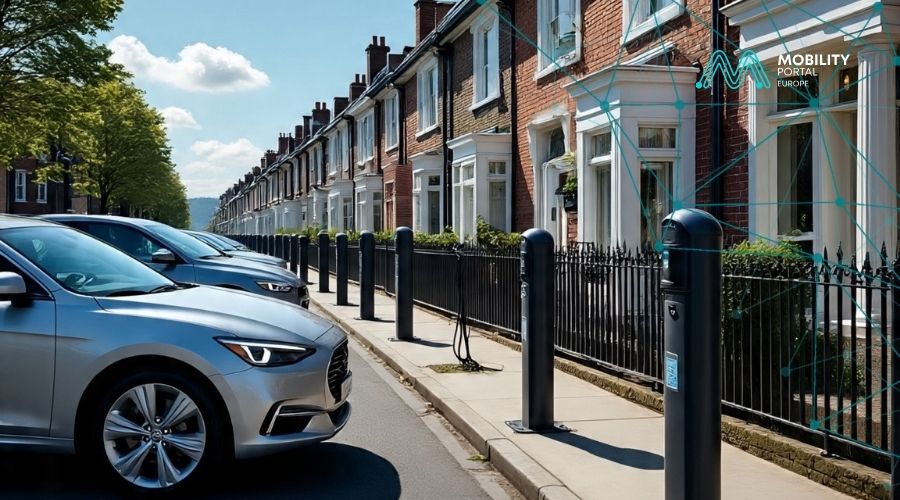The Combined Charging System (CCS) has established itself as the common language of electric mobility.
However, with the advent of the Megawatt Charging System (MCS), new questions arise: could it become the Esperanto of global heavy-duty transport? And how can interoperability be negotiated in an ecosystem involving so many industries and markets?

To explore these issues, Mobility Portal Europe speaks with Michael Keller, Chief Technology Officer (CTO) of CharIN e.V. and CEO of the CharIN Academy.
Keller explains: “When developing CCS, we had to take into account certain inherited requirements, such as the presence of either biphasic or triphasic power grids depending on the country. This is why both Type 1 and Type 2 standards exist in the market today.”
In contrast, the development of the MCS began with a clean slate, free of legacy constraints.
“This enabled engineers and experts to define a globally conceived specification and standard, aiming for worldwide interoperability,” Keller states.
From a technological standpoint, the MCS is clearly outlined across various regulatory frameworks.
“The current challenges lie in implementation,” the executive cautions.
“As with CCS, there is always the question of which company is implementing the standard and the level of expertise involved. That’s why, at CharIN, we believe it is crucial to closely support all companies to ensure they can deliver reliable, high-quality, and interoperable MCS-based products,” he adds.
Keller also highlights the importance of software and communication components.
He notes that some of the current MCS applications in the field do not yet incorporate the latest version of the communication protocol.
“This is something we need to address. Implementing Ethernet alongside the ISO 15118-20 communication protocol is essential,” he acknowledges.
This insight comes from feedback gathered during MCS testing in the Antwerp-Bruges area.
“Even so, conducting these trials in real-world conditions is highly beneficial. So far, the feedback has been positive, as these projects are typically carried out between two partners seeking mutual connectivity,” he explains.
Nonetheless, Keller warns: “The real challenge will come when different trucks, ships or other vehicles need to connect to one or more charging stations operated by various providers.”
That is when the typical interoperability issues will emerge, similar to those seen with the introduction of new products, chargers or vehicles based on different technologies.
“We will need to examine these scenarios in depth. That will be the phase in which we truly gather valuable feedback to further refine the systems,” he indicates
It is worth mentioning that, together with Autel Europe, CharIN held the MCS Controller Testival Europe on 1–2 April in Barcelona, Spain.
This event brought together industry leaders, technology providers, and key stakeholders to test and validate the next generation of MCS controllers, contributing to the advancement of high-power charging for heavy-duty electric vehicles.

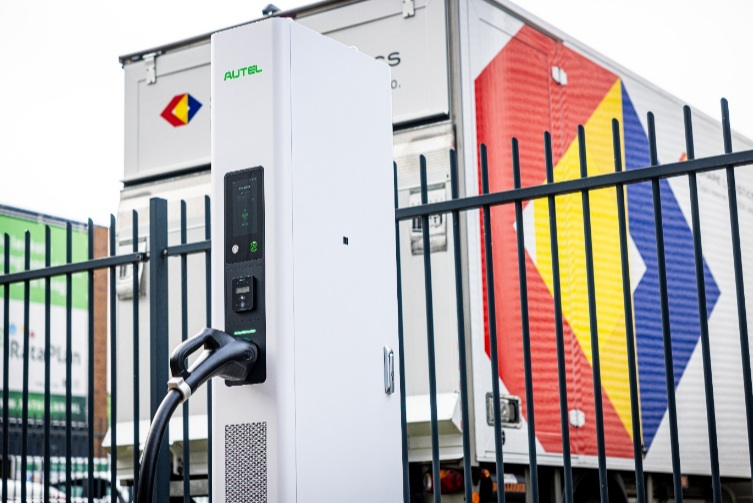
MCS Controller Testival Europe 2025.
“We carried out the first controller test there, and we’re looking forward to hosting an event with trucks operating at actual charging stations,” says Keller.
He continues: “This will give us experience in how the system is implemented across different vehicles and chargers. There will undoubtedly be observations that will push us to continue improving the standard.”
Real-World Applications of MCS
The first real-world applications of MCS outside of test environments are already underway.
For example, Milence is developing the first public corridor between Antwerp and Stockholm.
“The stakeholders involved in that project are part of our expert group at CharIN. There, they can exchange questions, share experiences, and discuss technical matters to move forward,” explains Keller.
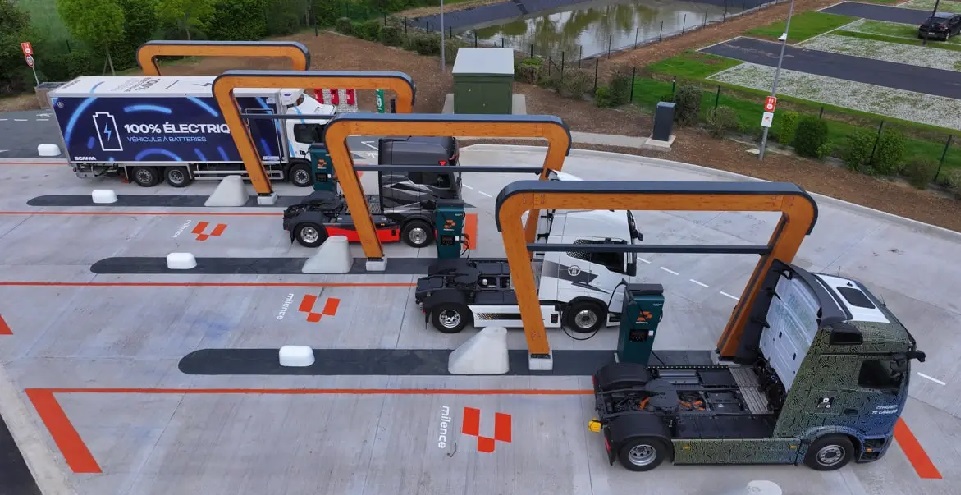
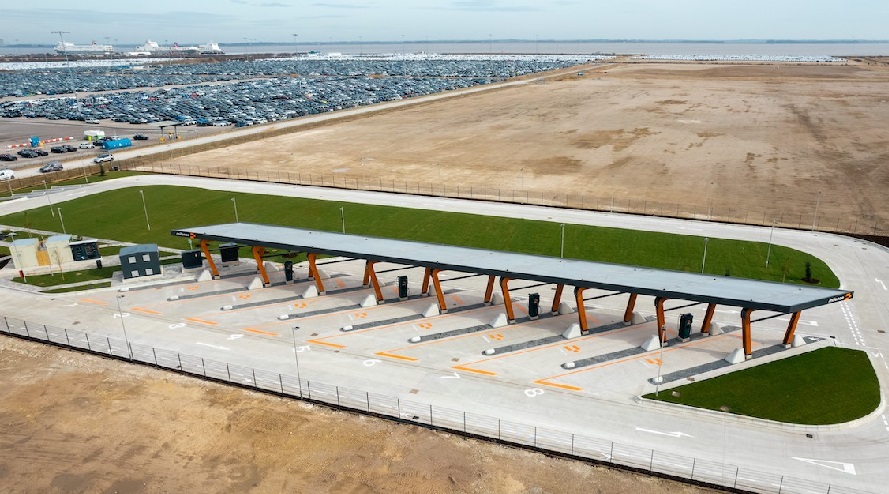
Milence charging stations for E-Trucks.
In addition, the organisation can support the project by integrating MCS technology into its compliance testing programme.
“Even when a standard is published, there are different ways it can be implemented in products, which can lead to deviations,” he notes.
He continues: “That’s why we’ve developed a compliance testing specification, with certified laboratories carrying out these tests and, ultimately, issuing a certificate of product conformity.”
To complete this specification, CharIN is in contact with the companies that took part in the MCS controller test, as well as those with existing experience in the field, to ensure the programme is on par with what already exists for CCS.
What Will Happen to CCS and Pantograph Charging?
With the arrival of MCS, the question arises as to what will happen with current charging technologies such as CCS and pantographs.
“I’m convinced that MCS will be a complement,” Keller affirms.
He continues: “For example, CCS is more suitable for light commercial vehicles operating in urban areas, which typically have lower range requirements.”
The fact is, MCS is primarily designed for long-distance travel and large trucks.
These vehicles have different requirements when it comes to charging locations: they need more space, as they’re not usually disconnected from their trailers.
“The idea is for them to park and begin charging directly while still attached to the trailer. That doesn’t compete with CCS,” Keller acknowledges.
Nevertheless, it is expected that MCS trucks will also be compatible with CCS in the early stages.
“In the long run, there will be dedicated charging sites for long-haul trucks and buses using MCS only, while urban vehicles will continue using other solutions like CCS or pantographs,” he concludes.
What Drove CharIN to Begin Developing MCS?
“It was around six years ago at a conference in California, where we met with other stakeholders involved in the truck market and came to the conclusion that we needed a new standard,” recalls Keller.
Following that, the first preliminary drafts of the necessary specifications were created.
Half a year later, around 120 companies from across the globe came together within CharIN to work on a specification for MCS technology, which at that time aimed for a power output of 4.5 megawatts.
From that group, a specification was developed that everyone could use as a foundation.
“It was then presented to six different standardisation bodies, because for a charging system like this to function, you need at least three different bodies and six standards—either modified or newly created—to complete the necessary framework and implement MCS in the field,” he explains.
That process took about four years, from the initial development by over 100 companies to the publication of the standards.
READ MORE
-
Ohme arrives in Argentina to solve the “installation pain” and after-sales issues in home charging
Ohme is opening a subsidiary in the country with a “hardware + installation + app” model. It aims to fill the gap between dealerships and the power grid, work with all brands without exclusivity, and ensure that the charger works from day one.
-
AER confirma más del 70% de electrificación en renting, pero alerta: “España tiene deberes pendientes”
El renting español se electrifica a ritmo récord y rebasa el 70% de cuota, pero el despliegue integral aún choca con burocracia, falta de capacidad eléctrica y asimetrías territoriales. El sector demanda un impulso coordinado.
-
UK allocates £1.5 billion to accelerate electric vehicle transition
The new funding package includes support for affordable electric vehicles, accelerated rollout of public charge points, and a review of public charging costs to ensure long-term accessibility.






